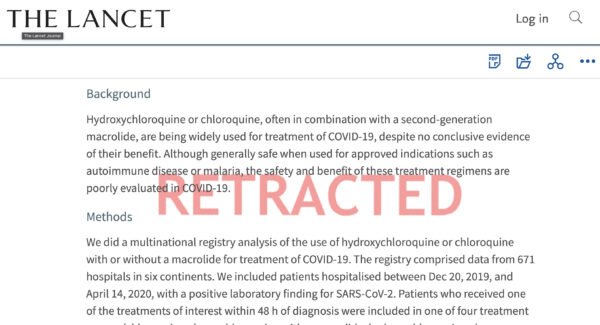Within DMED exists the Defense Medical Surveillance
System (DMSS), which contains up-to-date and historic data on diseases, medical
events, and on Department of Defense personnel. The database is similar to VAERS,
but it only applies to DoD military personnel, and only medical providers can enter
information into the system. The DMSS contains five-year-average information from
dozens of diseases and medical disorders.
The current data reflects diseases in 2021 through the tenth month only. All data reflects
reporting from January through November 2021. Annual cases are average over the
past five years.
● Myocardial Infarction/Heart Attack rose 269% from 612 annual cases to YTD
1,650.
● Myocarditis rose 285% from 127 annual cases to YTD 363.
● Pulmonary embolisms 467% from 746 annual cases to YTD 3,489,
● Cerebral infarction rose 393% with current YTD 3,438.
● Bell’s Palsy rose 319% with current YTD 1,470.
● Guillain-Barre Syndrome rose 250% with current YTD 3,635.
● Immunodeficiencies rose 275% with current YTD 3,172.
● Immune Thrombocytopenic Purpura rose 322% with current YTD 564.
● Multiple Sclerosis/Demyelinating Diagnosis rose 487% with current YTD 3,444.
● Neoplasms (tissue growth, often cancer precursor) rose 296% with current YTD
114,645.
● Nontraumatic Subarachnoid Hemorrhage/ICH rose 312% with current YTD
1,858.
● Spontaneous Abortion/Miscarriage rose 306% with current YTD 4,602.
● Disseminated Intravascular Coagulation rose 1,175% from 7 annual cases to
YTD 87.
● HIV rose 590% from 454 annual cases to YTD 2,681.
● Chest pain rose 1,529% from 4,892 annual cases to YTD 74,813 individuals.
● Dyspnea/Difficult or labored breathing rose 905% from 4,968 annual cases to
YTD 44,990.
With that data, we can’t help but wonder why is the DoD still putting our military service
men and women at risk for these serious health injuries, and how will this affect our
military readiness as so many soldiers are forced to leave the military due to such
serious vaccine-induced health issues?





